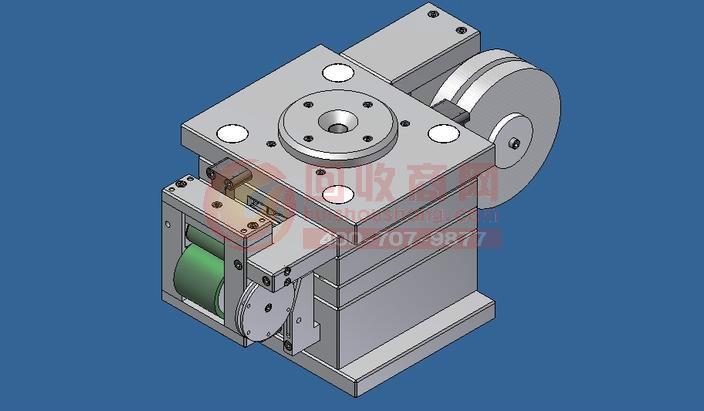
Designer experience and skills play a key role in the design and manufacture of molds. The design is reasonable and otherwise needs to be tried and modified repeatedly to complete the project. In the production practice, once some molds are put into the production line, they often have various problems, which can not meet the production requirements or technical requirements of the products, resulting in abnormal shutdown of the production line, which brings many unstable factors. Therefore, how to improve the stability of the mold has become a practical problem faced by mold manufacturing enterprises.
First, the stability of the mold and stamping and its influencing factors
What is stability stability is divided into process stability and production stability. Process stability refers to a process plan that satisfies the stability of a qualified product; production stability refers to a production capacity with stability during the production process.
Let us first look at the main factors affecting the stability of the mold and stamping, namely: the use of mold materials; the strength requirements of the mold structural parts; the stability of the properties of the stamping materials; the fluctuation characteristics of the material thickness; the range of material changes The resistance of the tensile ribs; the range of the blanking force; the choice of lubricant.
Second, comprehensive trade-offs affect the stability of various factors
1. It is worth noting that in the stamping forming process, since each stamping sheet has its own chemical composition, mechanical properties and characteristic values ​​closely related to the stamping properties, the performance of the stamping material is unstable and the thickness of the stamping material fluctuates. And the change of stamping material not only directly affects the precision and quality of stamping and forming, but also may cause damage to the mold.
2. Take the stretching ribs as an example, which occupies a very important position in stamping. In the stretch forming process, the forming of the product requires a pulling force of a certain size and appropriately distributed along the fixed periphery. The pulling force comes from the force of the punching device, the deformation resistance of the material at the edge portion, and the flow resistance on the crimping ring surface. . However, if the flow resistance is generated only by the action of the blank holder force, the friction between the mold and the material is insufficient.
3. To this end, it is necessary to provide a tensile rib on the crimping ring to generate a large resistance to increase the resistance of the feed, thereby causing a large plastic deformation of the material to meet the plastic deformation and plastic flow of the material. Claim. At the same time, by changing the size and distribution of the resistance of the tensile ribs, and controlling the speed of the material flowing into the mold and the amount of feed, effective adjustment of the tensile force and its distribution in each deformation region of the tensile member is achieved, thereby preventing stretching. Quality problems such as cracking, wrinkling, and deformation of the product during forming. It can be seen from the above that in the process of formulating the stamping process and the mold design, the magnitude of the tensile resistance must be considered. The tensile ribs are arranged according to the range of the blanking force and the form of the tensile ribs is determined, so that the deformation regions are deformed as needed. The form and degree of deformation are well formed.
Paper Fixing Agent,Paper Color Fixing Agent,Useful Paper Fixing Agent,High Efficent Fixing Agent
ZHEJIANG XINHAITIAN BIO-TECHNOLOGY CO.,LTD. , https://www.dadmacxht.com